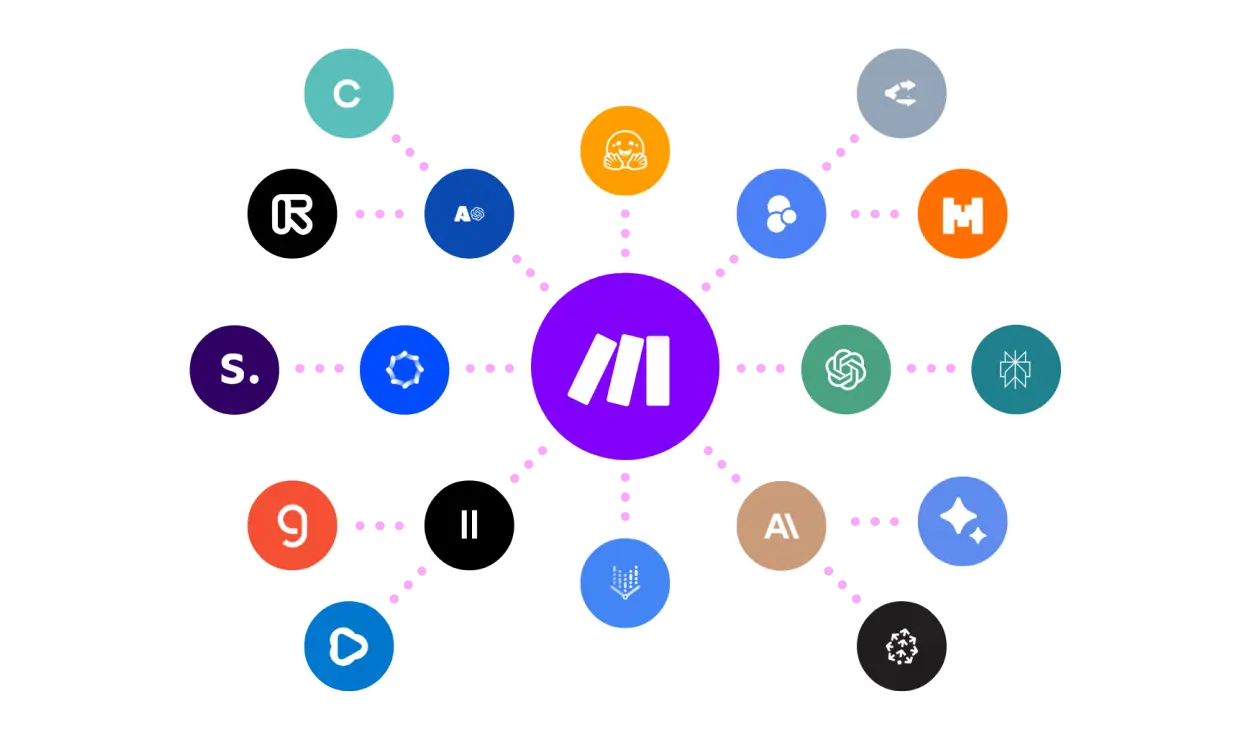Mastering Local Development Environment Setup for Seamless Coding
In today’s fast-paced tech world, setting up a local development environment is a crucial step for developers. It allows them to create, test, and debug applications in a controlled setting. This article will guide you through the local development environment setup and explain its importance in enhancing your development experience.
Why a Local Development Environment Setup Matters
A local development environment is a personal space where developers can work on their projects independently of external servers. It provides a sandbox for testing new code without risking real-world impact. This setup is essential for:
- Enhanced Productivity: Quickly test and iterate on code without dependency on internet speed or server availability.
- Error Reduction: Identify and fix bugs in a controlled environment before deploying to production.
- Version Control: Seamlessly integrate with tools like Git for efficient version management and team collaboration.
Key Components of a Local Development Environment
Understanding the core components of a local development environment will streamline your setup process. These components typically include:
1. Code Editor or IDE
Choose a code editor or Integrated Development Environment (IDE) that suits your needs. Popular options include:
- Visual Studio Code: Known for its versatility and extensions.
- Sublime Text: Offers a simplistic and fast interface.
- IntelliJ IDEA: Ideal for Java developers with robust features.
2. Runtime and Language Interpreters
Install necessary runtimes and language interpreters to match the programming languages you use. Examples include:
- Node.js for JavaScript applications.
- Python Interpreter for Python developments.
- Java Development Kit (JDK) for Java projects.
3. Local Server
Setting up a local server is crucial for running and testing applications that rely on back-end services. Tools such as:
- XAMPP for PHP and MySQL.
- Apache Tomcat for Java EE applications.
- Nginx as a versatile and lightweight server option.
4. Database
Choose a database system to manage data efficiently in your applications. Options often include:
- MySQL: A widely used relational database system.
- PostgreSQL: Known for its advanced features and performance.
- MongoDB: An excellent choice for NoSQL solutions.
Steps to Set Up a Local Development Environment
Following these steps will ensure you set up a functional and efficient development environment:
Step 1: Install Essential Software
Begin by downloading and installing the tools mentioned above. Ensure compatibility with your operating system.
Step 2: Configure Your Environment
Adjust settings in your IDE, servers, and databases for optimal performance. This might involve setting up environment variables or customizing user preferences.
Step 3: Create and Organize Workspaces
Organize projects into dedicated directories and repositories. This aids in maintaining clarity and efficient file management.
Step 4: Verify Your Setup
Run basic tests to ensure all components are working harmoniously. This could involve executing a simple “Hello World” application in your chosen language.
Conclusion
A well-configured local development environment is foundational for any developer keen on enhancing productivity and quality in their work. By following this guide, you’ll be equipped to set up and optimize your workspace effectively. Take the time to adapt your environment to your specific needs, and watch your efficiency as a developer improve significantly.
Remember, the success of your local development environment setup can greatly influence the speed and quality of your software development projects. For further insights and updates on effective development practices, subscribe to our newsletter or visit trusted resources like MDN Web Docs and the Official Java Guide.




